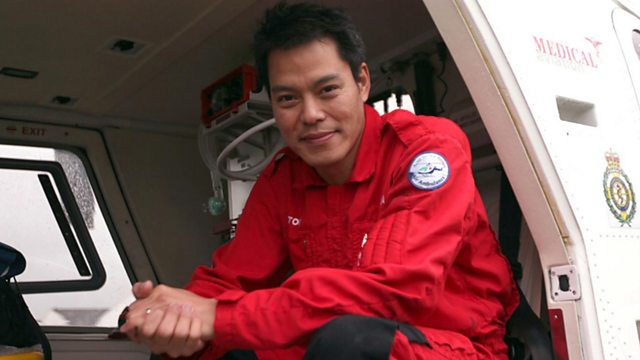
Waters, Todd Hazelwood and Nick Percat stayed out, and managed to beat the Safety Car itself to the timing line. “Just a bit of luck, I suppose, to stay out and push that extra lap."Īt the time, van Gisbergen led Waters by 1.6s. “Obviously got past the Safety Car and attacked on the in-lap, and I think that was probably what gave me the lead. “Shane decided to go in, and I hadn’t heard anything, so I decided the press on. “I saw Macauley’s car stopped, and the Safety Car boards came out at pit entry,” said Waters, whose boss Tim Edwards labelled the win as the "best" of the driver's career. When this happened, all the mice became much more indecisive about when to drink water.Van Gisbergen and Waters rounded Turn 11 when the Safety Car boards were shown van Gisbergen fired into the lane, while Waters pressed on. Then the study’s authors used a group of chemogenetic agents to subdue and stop all MRI activity in the rodents’ cerebellums. Conversely, the mineral oil resulted in a reduction in MLI activity. However, after some time had passed and the rodents started to learn the smell conditioning, the pleasant reward-associated odor incited a significant jump in MLI calcium responses.

Initially, the rodents’ MLI responses didn’t seem to change according to smell. But, when the smell was replaced by unscented mineral oil, the rodents would be punished (given a time out) for drinking water. In the presence of that smell, the rodents were rewarded with a sugar treat each time they drank some water.

Throughout the experiment, researchers periodically released a pleasant odor into the rodents’ environment. Using a multiphoton microscope researchers were able to observe the brains of a group of lab rodents in real-time as the animals decided whether or not to drink a water solution. More specifically, molecular layer interneurons (MLIs) within the cerebellum were focused on. Recent research has connected it to cognition, emotion, and even autism spectrum disorders. This is especially interesting because the cerebellum is usually associated with bodily movements, not decisions.Īs more researchers turn their attention to the entire cerebellum, it’s becoming more and more clear that it’s responsible for far more than just motion. The research team found that an understudied portion of the cerebellum looks to be the main facilitator of split-second decisions. “How, for example, do you decide to swing or not swing at a fastball in baseball?” “We wanted to know how this kind of decision making takes place,” says senior study author Diego Restrepo, Ph.D., professor of cell and developmental biology at the University of Colorado School of Medicine, in a release. However, a fascinating new study from the University of Colorado Anschutz Medical Campus has uncovered the neurological processes, brain areas, and neurons responsible for the human mind’s ability to make decisions instantly. Up until now, modern science has struggled to understand how the mind can perform such a feat in literal milliseconds. Somehow, though, our minds always seem to make a decision in a pinch.

We’re all faced with split-second decisions in life, such as whether or not to cross a street before the traffic light changes or take on that high-priority client that your manager just offered you. Of course, not all situations afford us that luxury.

If possible, it’s always advisable to take one’s time with decisions, both big and small.


 0 kommentar(er)
0 kommentar(er)
